Introduction
When it comes to motorcycles, weight plays a crucial role in determining performance, maneuverability, and overall riding experience. For riders seeking a lightweight option, there are several motorcycles available that offer unparalleled agility and responsiveness. In this guide, we will explore some of the lightest motorcycles on the market, highlighting their unique features, categories, and advantages. By understanding the characteristics of these featherweight rides, riders can find the perfect match in terms of weight and performance, ultimately enhancing their riding enjoyment.
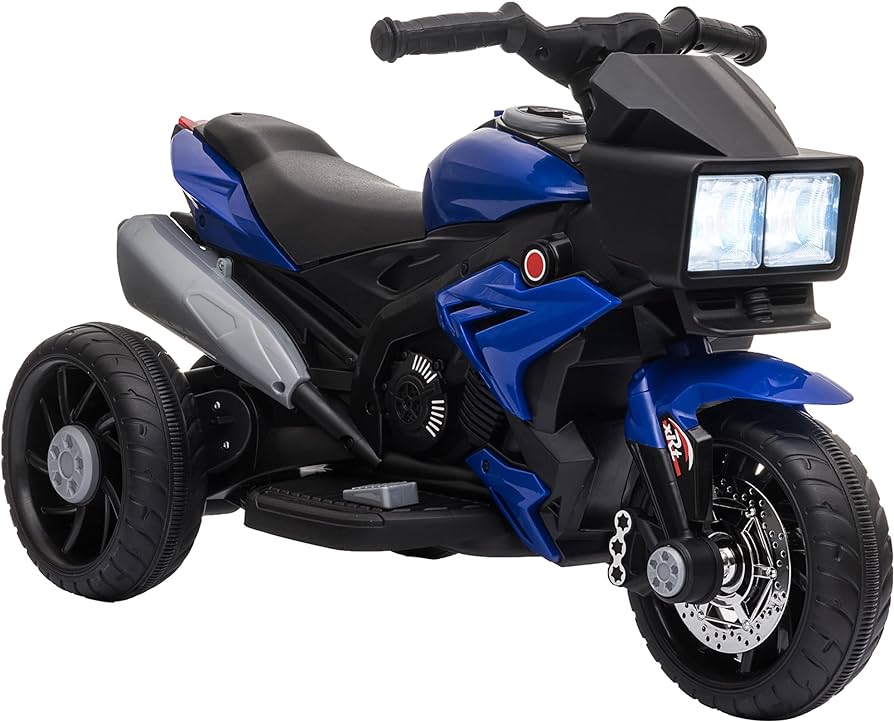
Which motorcycle is the lightest?
I. Lightweight Sport Motorcycles
-
KTM RC 390:
- The KTM RC 390 is renowned for its lightweight and nimble handling. Weighing in at just around 324 pounds (147 kilograms), it offers exceptional agility and maneuverability, making it ideal for riders who prioritize swift cornering and exhilarating speed.
-
Yamaha YZF-R3:
- Yamaha’s YZF-R3 is a lightweight sportbike, weighing approximately 368 pounds (167 kilograms). It combines a slim and compact design with a responsive engine, providing impressive acceleration and easy handling for riders of all skill levels.
II. Lightweight Standard Motorcycles
-
Honda Rebel 300:
- Honda’s Rebel 300 is a lightweight cruiser with a weight of approximately 364 pounds (165 kilograms). With its manageable weight and low seat height, the Rebel offers exceptional comfort and an enjoyable ride, making it an excellent choice for beginner riders.
-
Kawasaki Z400:
- The Kawasaki Z400 is a lightweight standard motorcycle with sporty styling. Weighing around 366 pounds (166 kilograms), it offers a perfect balance of lightweight maneuverability and a peppy engine, ensuring an exciting and dynamic riding experience.
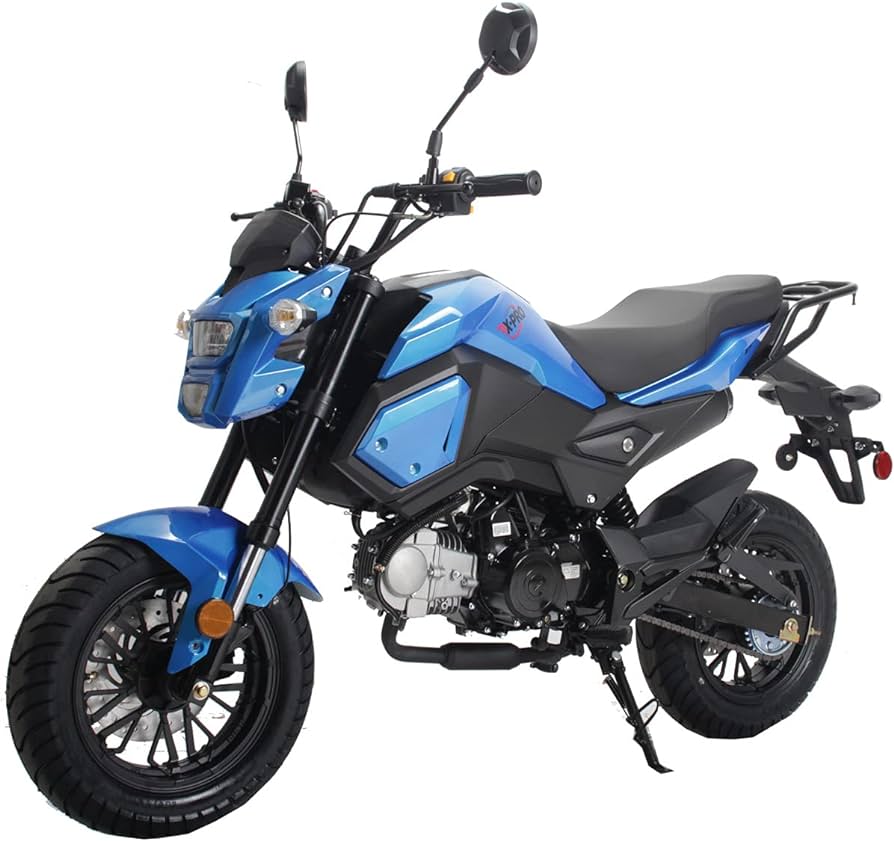
III. Lightweight Adventure Motorcycles
-
BMW G 310 GS:
- The BMW G 310 GS is a lightweight adventure motorcycle designed for both on-road and off-road adventures. Weighing approximately 374 pounds (170 kilograms), it combines agility, versatility, and comfort, making it an excellent choice for riders looking to explore various terrains.
-
Suzuki DR200S:
- The Suzuki DR200S is a dual-sport motorcycle built for both street and off-road riding. Weighing in at around 278 pounds (126 kilograms), it offers a lightweight and agile ride, perfect for riders seeking versatility and ease of handling.
IV. Lightweight Naked Motorcycles
-
Triumph Street Triple S:
- The Triumph Street Triple S is a lightweight naked motorcycle that boasts a weight of approximately 366 pounds (166 kilograms). With its powerful engine and compact design, it delivers phenomenal performance and optimal control, providing riders with an adrenaline-fueled experience.
-
Ducati Monster 797:
- Ducati’s Monster 797 is a lightweight and stylish naked bike, weighing approximately 425 pounds (193 kilograms). While slightly heavier than other motorcycles in this category, it still offers a relatively low weight for great maneuverability and a thrilling ride.
V. Lightweight Electric Motorcycles
-
Zero Motorcycles FXS:
- The Zero Motorcycles FXS is a lightweight electric motorcycle designed for urban commuting and fun rides. Weighing around 293 pounds (133 kilograms), it delivers instant torque, seamless acceleration, and a virtually silent riding experience, making it ideal for riders seeking an eco-friendly and lightweight option.
-
Energica EVA Ribelle:
- The Energica EVA Ribelle is a lightweight electric sport motorcycle, weighing approximately 600 pounds (272 kilograms). Although it is slightly heavier than traditional lightweight motorcycles, its lightweight characteristics for an electric bike make it a notable contender in this category.
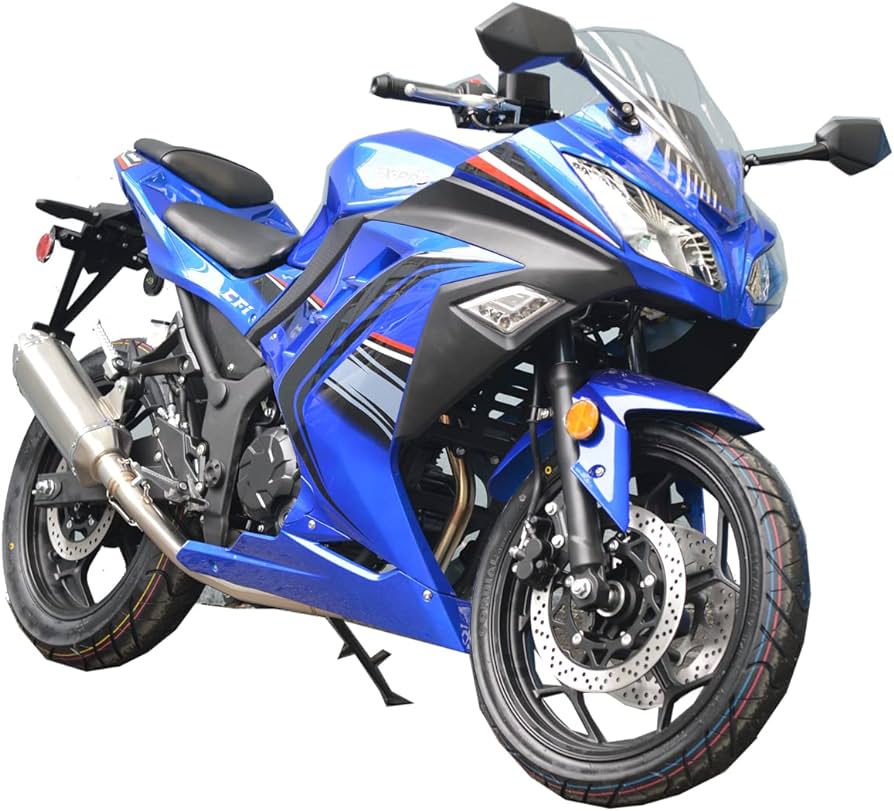
VI. Advantages of Lightweight Motorcycles
-
Maneuverability:
- The primary advantage of lightweight motorcycles is their exceptional maneuverability. Their reduced weight allows for effortless handling, quick turns, and responsive control, making them suitable for navigating tight spaces and congested city streets.
-
Acceleration and Speed:
- Lighter motorcycles often boast impressive power-to-weight ratios, resulting in quicker acceleration and higher top speeds. Riders can experience a thrilling and exhilarating ride while enjoying the benefits of a lightweight machine.
-
Easier Manipulation:
- With a lower weight, motorcycles are easier to manipulate when parking, pushing, or performing slow-speed maneuvers. Riders can confidently handle their bikes in various situations, contributing to a more enjoyable and stress-free riding experience.
-
Fuel Efficiency:
- Lightweight motorcycles tend to offer improved fuel efficiency due to reduced weight and optimized engine performance. Riders can embrace longer rides and increased mileage without worrying about frequent refueling stops.
-
Versatility:
- Lightweight motorcycles often lend themselves to various riding styles and terrains, allowing riders to explore different environments comfortably. Whether commuting in the city, carving through twisty roads, or tackling off-road adventures, a lightweight motorcycle provides versatility and adaptability.
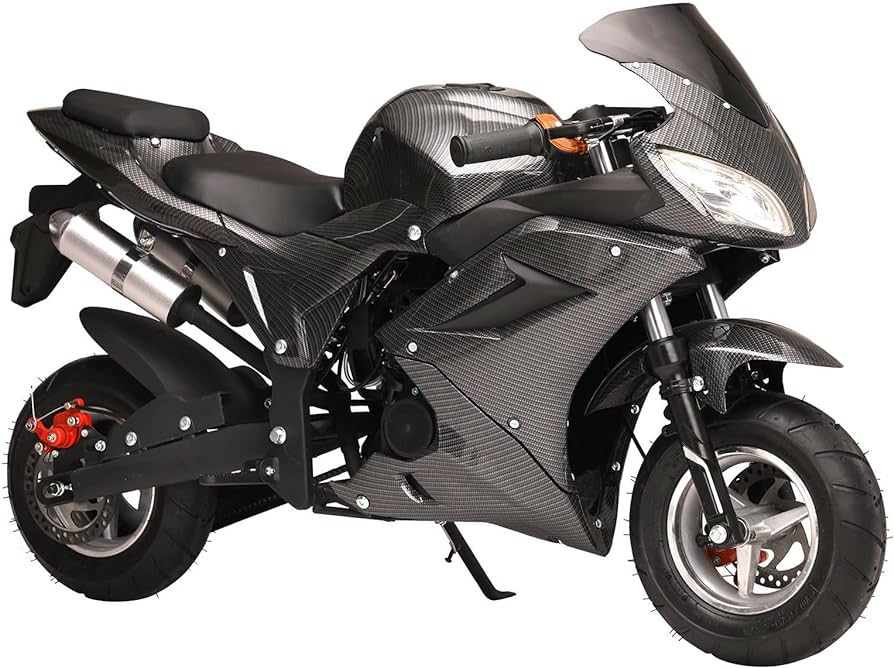
VII. Considerations When Choosing a Lightweight Motorcycle
-
Rider Experience:
- While lightweight motorcycles are generally suitable for beginners, it is still important to consider your own experience level when making a selection. If you are a beginner, opt for a bike with a weight that you feel comfortable handling and that matches your skill level. More experienced riders may be able to handle slightly heavier motorcycles while still enjoying the benefits of a lightweight ride.
-
Fit and Ergonomics:
- When choosing a lightweight motorcycle, pay attention to the fit and ergonomics of the bike. Ensure that the bike’s dimensions and seating position are comfortable for your body size and riding style. An ill-fitting bike can lead to discomfort or even affect your control and confidence on the road.
-
Maintenance and Repairs:
- It’s worth considering that lightweight motorcycles generally have simpler designs and fewer components, which can make maintenance and repairs easier and more cost-effective. Keep this in mind when making a decision, as it may influence the long-term ownership experience.
-
Personal Preferences and Riding Goals:
- When selecting a lightweight motorcycle, take into account your personal preferences and riding goals. Think about the type of riding you enjoy and the features that matter most to you, such as style, technology, or fuel efficiency. Finding a lightweight bike that aligns with your preferences will enhance your overall satisfaction with the motorcycle.
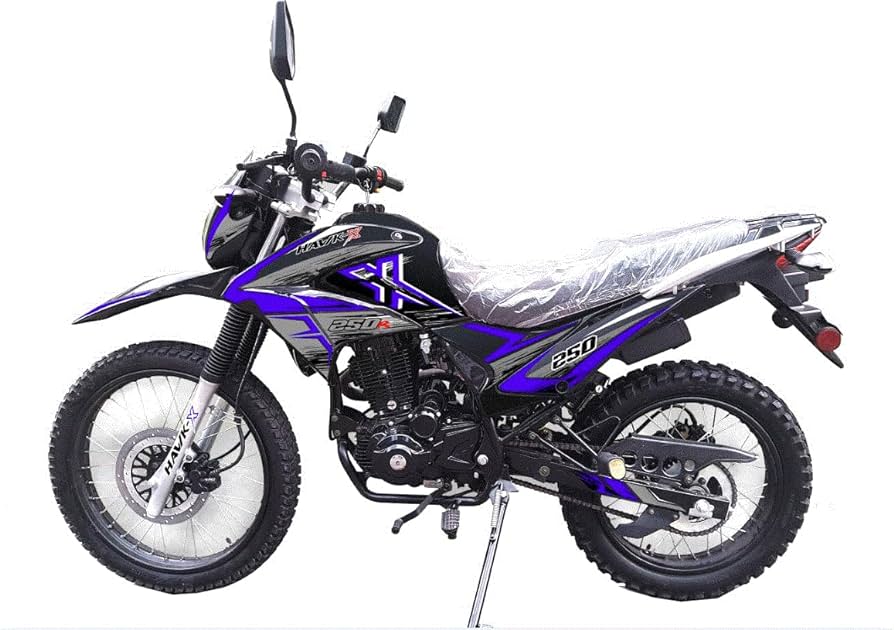
Conclusion
For riders prioritizing agility, handling, and an exhilarating riding experience, lightweight motorcycles offer an ideal solution. Different motorcycle brands have different weight distinctions and capabilities. Models such as the KTM RC 390, Honda Rebel 300, BMW G 310 GS, and Zero Motorcycles FXS provide exceptional weight-to-performance ratios, enabling riders to enjoy nimble maneuverability and responsive control. Whether riders prefer sport, standard, adventure, naked, or electric motorcycles, there are numerous lightweight options available to match their preferences and riding styles. Embracing a lightweight motorcycle delivers advantages such as enhanced maneuverability, improved fuel efficiency, effortless manipulation, and versatility across different terrains. Ultimately, choosing a lightweight motorcycle allows riders to experience the thrill of the open road while maximizing their enjoyment and confidence on two wheels.











